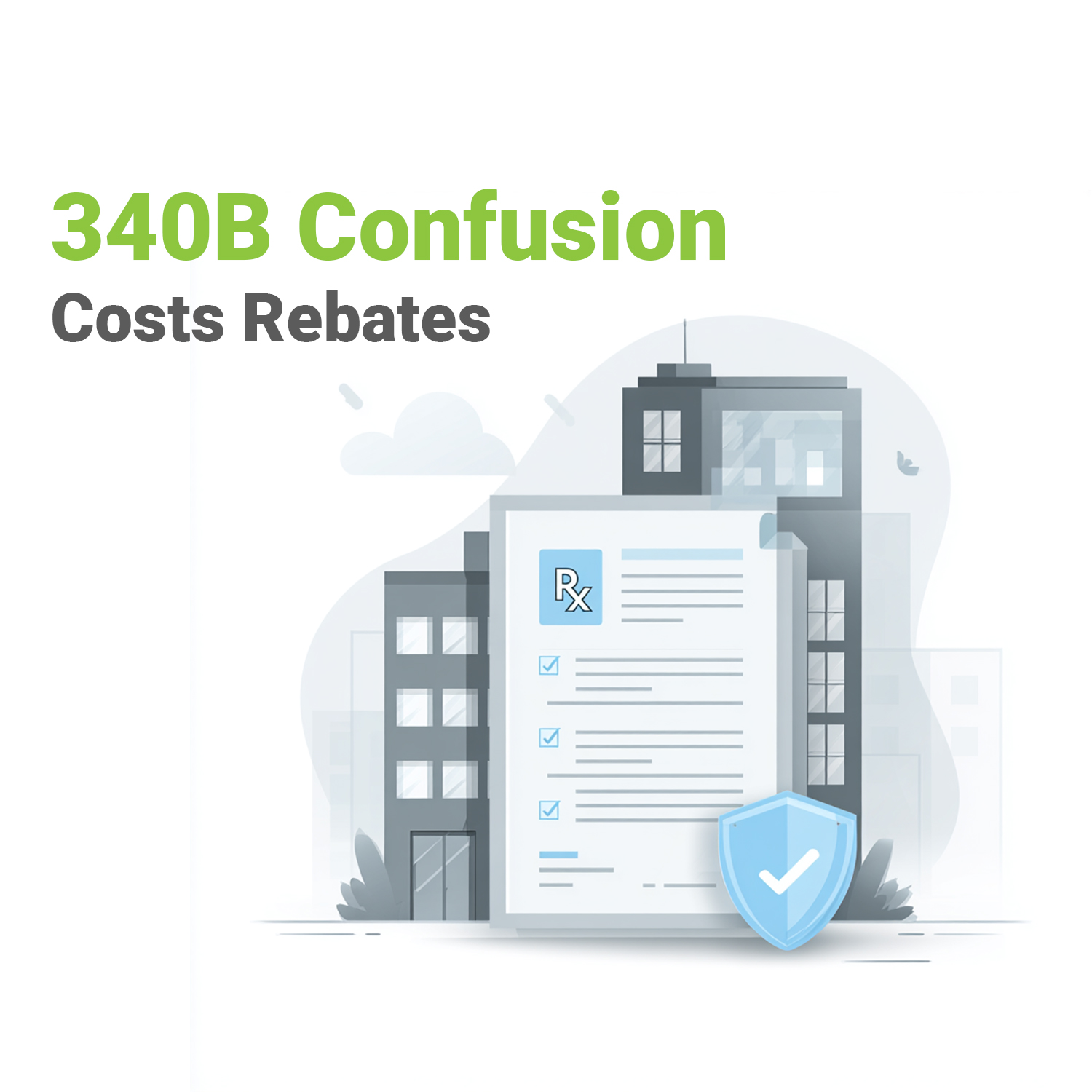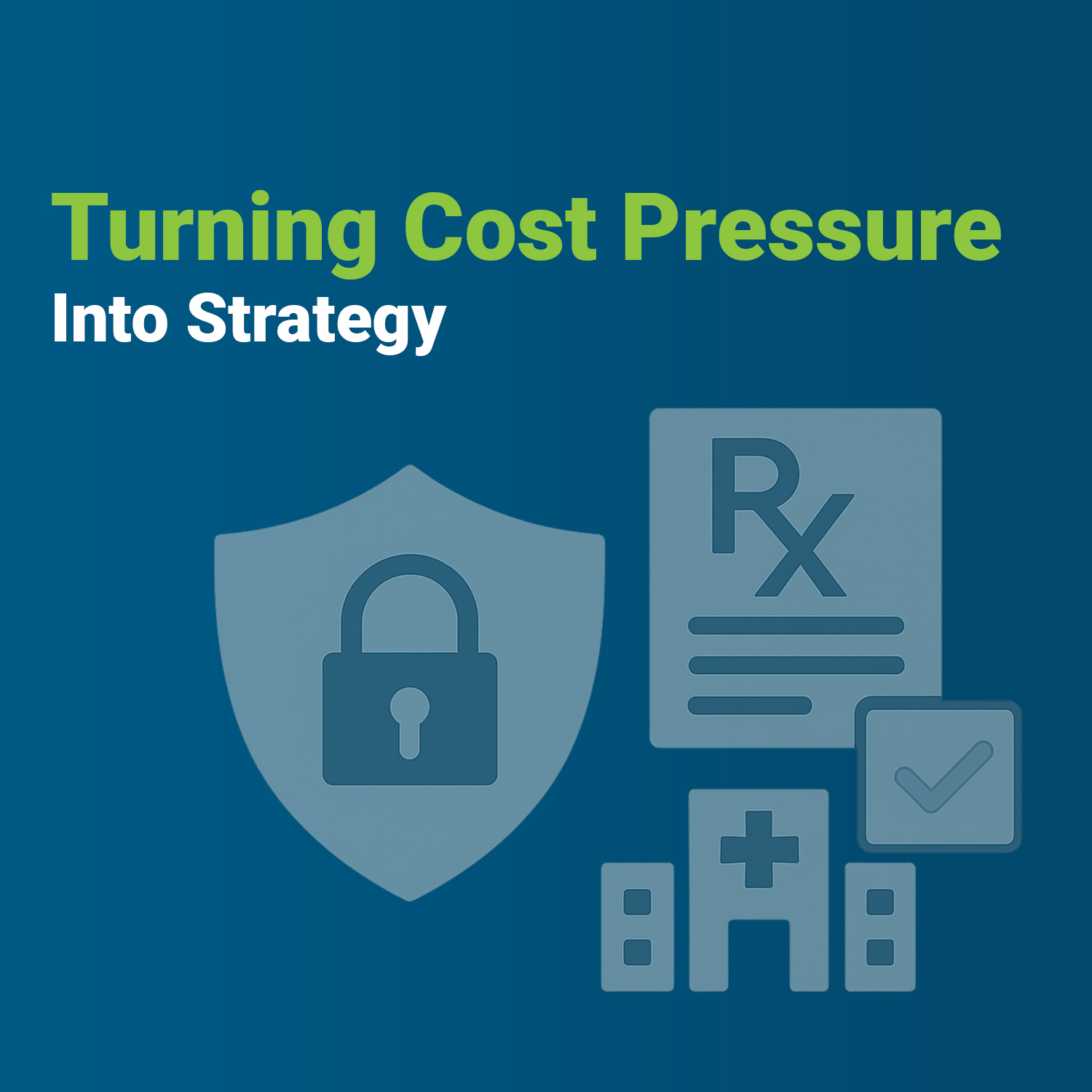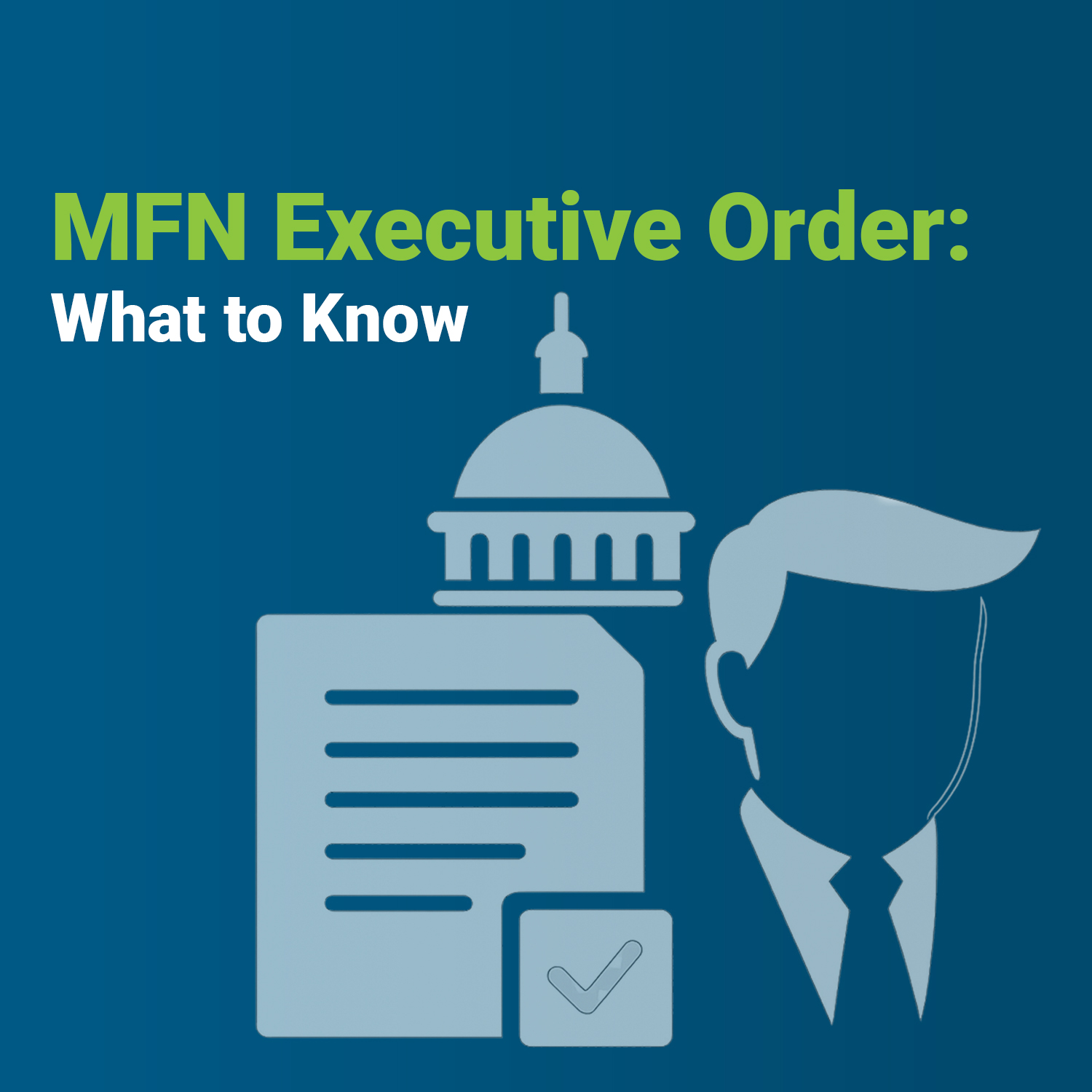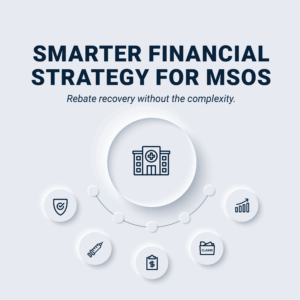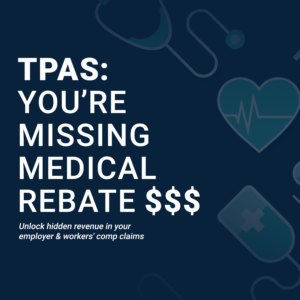It’s easy to think that all prescription drugs should be equal and cost the same. After all, if your caregiver prescribes a medicine, they know best, right? And if your doctor prescribes a specific drug, that’s what you need and what your prescription benefit should pay for, with a minimal co-pay.
The reality, though, is that drugs, like other manufactured goods, come in many models with very different prices. A new drug may be very expensive without insurance and, even with insurance, could command a much higher co-pay. In some cases, the drug may not be eligible for any benefit at all. This is most common with new and specialty drugs.
To keep costs in line for all prescription benefit plan members, your insurance company, together with a pharmacy benefit management company such as VativoRx, will attempt to identify if the drug you’ve been prescribed has other options with the same or similar efficacy.
Drug tiering: setting pricing and availability
That’s where the drug tiering system comes into play. These 5-6 tiers are a first sorting of available drugs into categories of overall cost and ultimate cost to you. The lower number the tier, the lower a member’s copay will be.
- Tier 1: Preferred generic. These are commonly prescribed generic drugs.
- Tier 2: Generic. These are also generic drugs, but they cost a little more than drugs in Tier 1.
- Tier 3: Preferred brand. These are brand name drugs that don’t have a generic equivalent. They’re the lowest-cost brand name drugs on the drug list.
- Tier 4: Nonpreferred drug. These are higher-priced brand name and generic drugs not in a preferred tier.
- Tier 5: Specialty. These are the most expensive drugs on the drug list. Specialty drugs are used to treat complex conditions like cancer and multiple sclerosis. They can be generic or brand name.
Source:
Most prescription plan users find their medicines in Tier 1 or 2
Many common prescriptions are listed in Tier 1 and Tier 2. These can be drugs for chronic conditions such as high blood pressure, high cholesterol, GERD, and others. Their co-pay costs for most plans are very affordable.
As you work your way up the tiers, costs will rise and availability under your specific plan could vary.
Discounts can help make a Tier 5 drug cost like a Tier 1 drug
But if your caregiver prescribes you a Tier 4 or Tier 5 drug, that doesn’t mean you’ll necessarily be stuck paying the full bill. Especially in the case of newer drugs, many pharma companies have discount programs that can reduce your co-pay to $5 or nothing at all. To find out more about these programs, Google the brand name of the drug and visit the manufacturer’s website. Once there, look for co-pay cards or discount programs. You may be able to download a discount card immediately from the website, or you may need to submit an application. These programs can save hundreds of dollars a year on newer drug treatments.
In addition, where you get your prescriptions filled can make a big difference in your out-of-pocket cost. According to Stride Health, it’s worth a little bit of research up front:
Because insurance companies contract with certain pharmacies to establish drug costs, where you buy your prescription matters:
- In-network pharmacies are covered by your insurance, so you can fill your prescription here for the standard price set by your health plan.
- Preferred pharmacies are contracted with your insurance company to offer a discount on your prescriptions.
- Out-of-network pharmacies are not covered by your insurance, so you will be responsible for the full cost of your prescriptions if you fill them here.
- To find out which pharmacies your insurance will cover, do a quick Google search for “[insurance company] find a pharmacy.” Most insurance carriers have pharmacy directories that can locate in-network options near you.
To see what pharmacies are in the VativoRx network, search for one near you. (internal link)
Photo by Alejandro González on Unsplash
